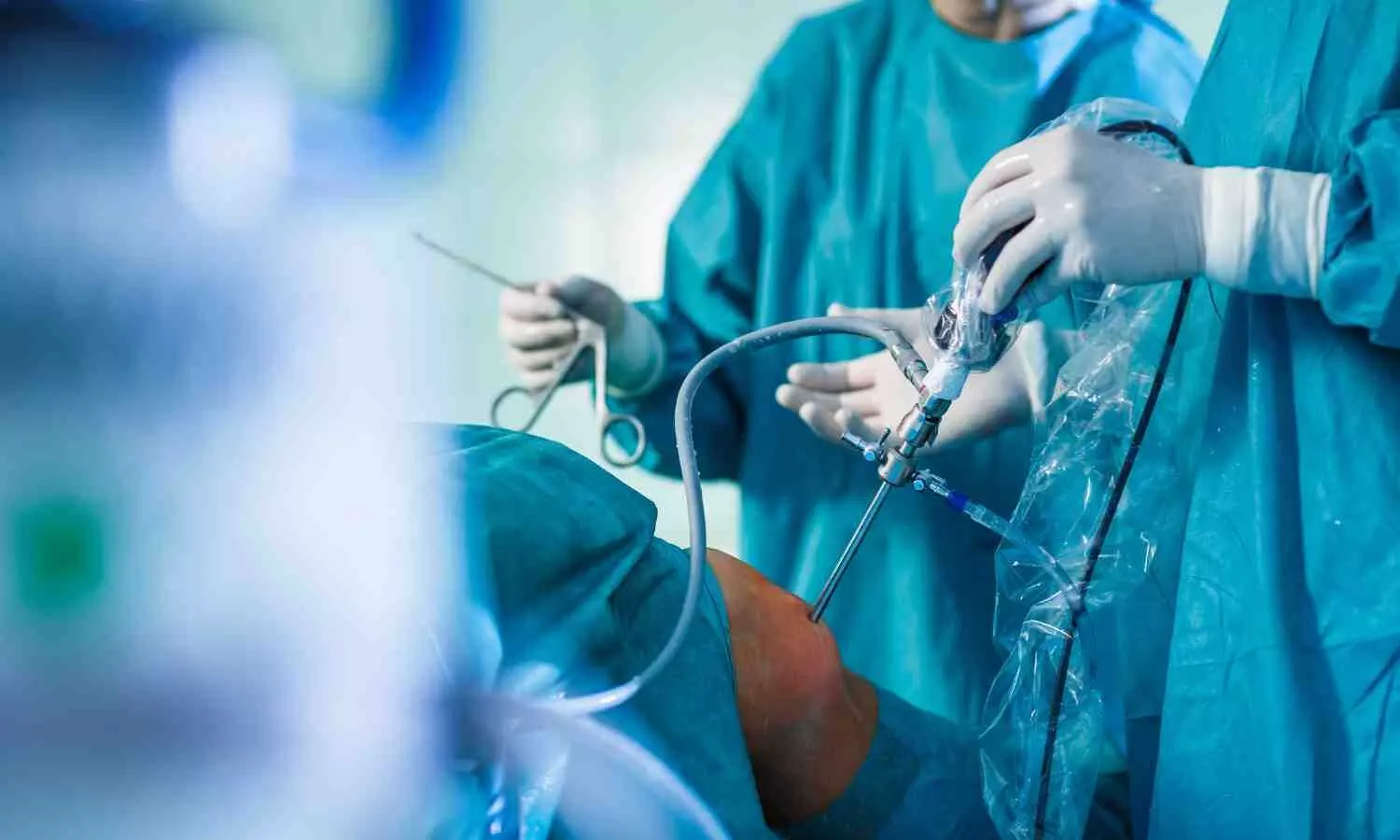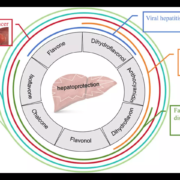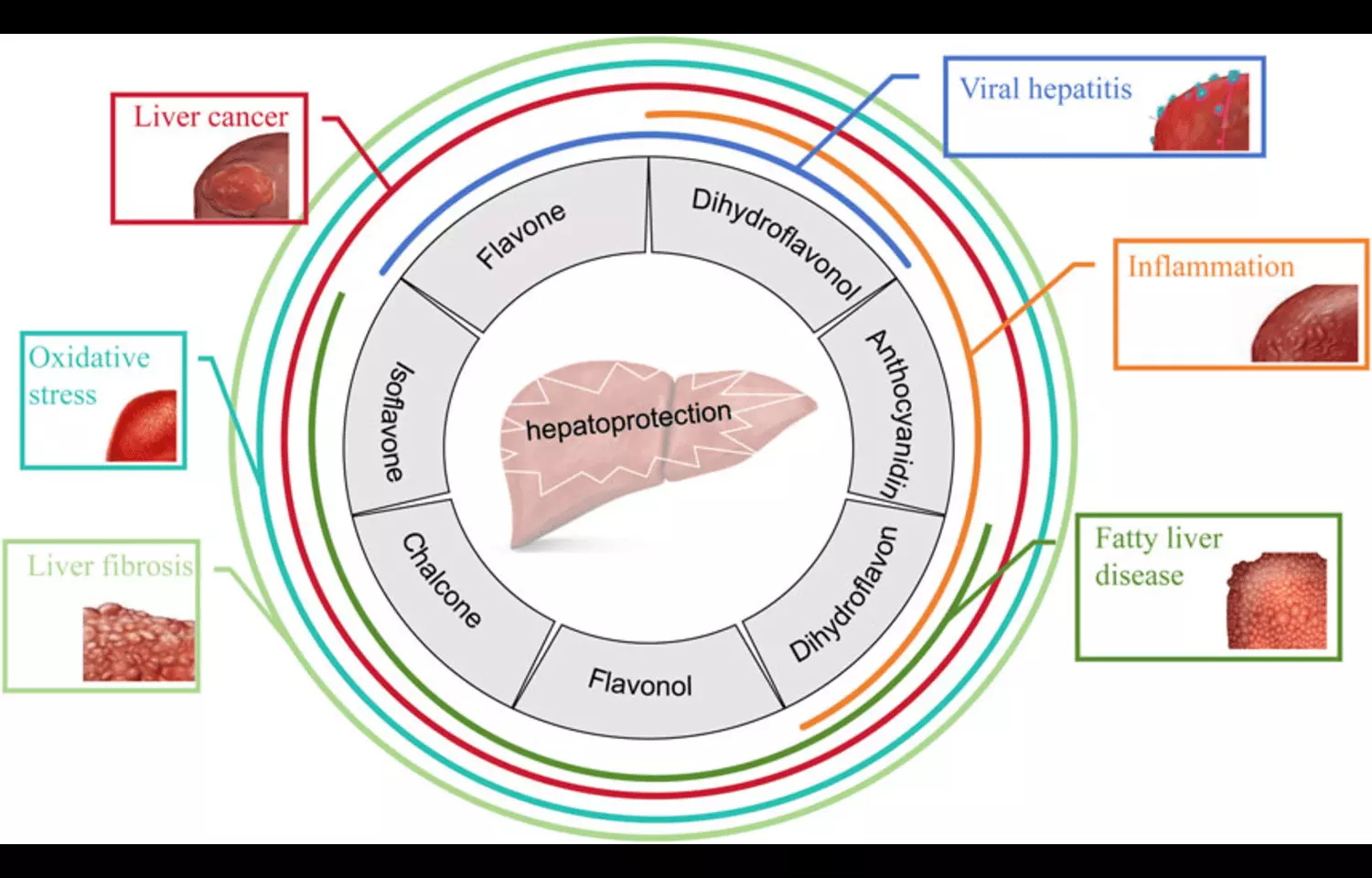Transforaminal nerve root block effective, minimally invasive intervention for lumbar radiculopathy: study

Transforaminal nerve root block (TFNRB) is a precise local injection technique used to target a particular inflamed nerve root that causes lumbar radiculopathy for diagnostic and therapeutic purposes. Lumbar radiculopathy is characterized by radiating lower extremity pain following specific dermatomal patterns, typically resulting from nerve root compression or inflammation. While its management includes conservative treatment as the first line of treatment, conservative treatments often fail, necessitating alternative interventions such as TFNRB and other invasive operative interventions.
Malkesh Shah et al conducted a study to evaluate the efficacy, safety, and outcomes of TFNRB in managing lumbar radiculopathy. The study has been published in ‘Cureus.’
A study was conducted involving 30 patients in the 18-60 age group who presented with chronic radicular pain persisting for over six weeks and refractory to conservative measures. All patients underwent TFNRB under fluoroscopic guidance. Pain and disability were assessed using the Visual Analogue Scale (VAS) and Oswestry Disability Index (ODI) criteria pre- and post-procedure at regular intervals, and final results were evaluated using the MacNab criteria.
The key findings of the study were:
• Mean VAS scores reduced from 7.8 ± 1.1 pre-procedure to 2.5 ± 1.3 at six months (p < 0.01).
• ODI scores demonstrated significant improvement, decreasing from 65.4% ± 5.3% to 25.6% ± 4.2% (p < 0.01).
• Out of 30 patients, the majority reported sustained pain relief, with minor complications in two cases.
The authors concluded – ‘TFNRB is a highly effective and safe intervention for managing lumbar radiculopathy. It offers significant pain relief, functional improvement, and a minimally invasive alternative to surgical treatments. Our study on TFNRB provides statistically significant and clinically superior results in pain relief, functional outcome, and patient satisfaction compared to surgical and alternative non-surgical methods. With a sustained relief rate, low complication incidence, and a favorable cost-benefit profile, TFNRB emerges as a first-line interventional strategy for lumbar radiculopathy, especially before considering invasive surgical treatments. Our study substantiates the clinical value of TFNRB while advancing it through a highly standardized, reproducible approach using Kambin’s triangle. Unlike previous studies with heterogeneous methods, short term follow-ups, or limited functional data, we provide longitudinal, quantifiable outcomes across pain, disability, and patient satisfaction metrics, underscoring TFNRB’s role as an alternative to surgery and a primary interventional modality.’
Further reading:
Efficacy of Transforaminal Nerve Root Block in Lumbar Radiculopathy
Malkesh Shah et al
Cureus 17(8): e89754. DOI 10.7759/cureus.89754
Powered by WPeMatico












